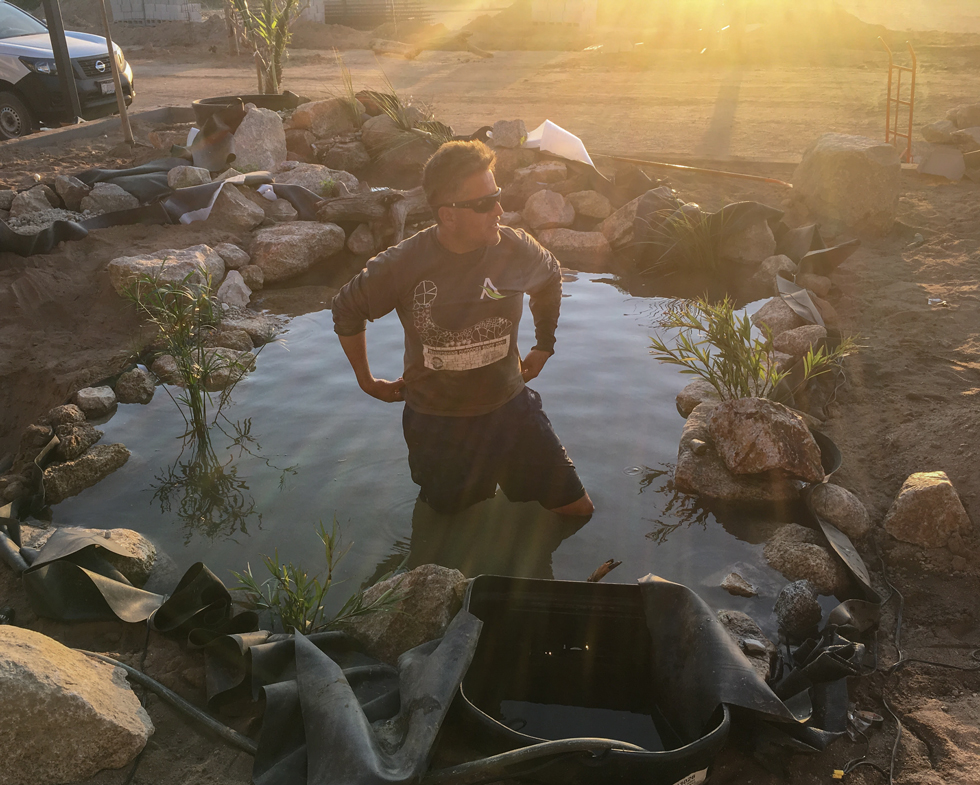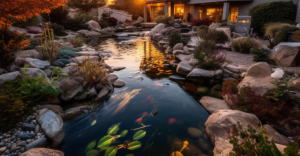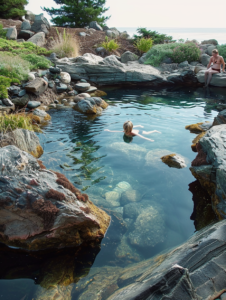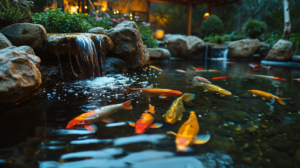My Yard Is Flat — Can I Have a Waterfall?
If you’ve got a flat yard and you’ve been dreaming about adding a waterfall, you might be wondering: is that even possible? The short answer is yes—you can definitely have a waterfall, even if your yard doesn’t have much slope. It just takes a little smart design and the right approach.
Why People Think You Need a Slope
Waterfalls usually look like they’re spilling down a hill or rocky cliff, so it’s easy to assume you need some natural slope to pull it off. But the truth is, waterfalls don’t have to rely on your yard’s terrain. With a bit of planning, you can create a beautiful, natural-looking waterfall on flat ground.
How Do Waterfalls Work on Flat Yards?
The key is building a pondless waterfall or a raised waterfall feature. Here’s how it works:
-
Pondless Waterfall: Instead of flowing into a large pond, the water drops into a hidden underground reservoir called a basin. This lets you have the sound and look of a waterfall without needing a big downhill area.
-
Raised Waterfall: You can build up the rocks and structure to create height. The waterfall tumbles over the stonework you build, creating the natural effect of falling water.
Both options give you flexibility to place the waterfall exactly where you want it, no slope needed.
Keep It Small and Natural
One important thing to keep in mind with flat yards is to avoid creating a massive, tall waterfall that feels out of place. Instead, focusing on a smaller, well-proportioned feature works best. By using soil excavated from the basin or reservoir, we can build up a small berm—a gentle mound—to add height naturally without overwhelming your space. This approach keeps the waterfall balanced and integrated into your yard.
Want More Height?
If height is important to you, there are ways to create the illusion of a taller feature without needing a big hill. Adding elements like a vertical decorative fountain or a bubbling rock can give your water feature more presence and the feeling of extra height.
Here’s a handy rule of thumb to keep in mind: for every foot of waterfall elevation, you’ll need about 2 to 3 times that amount of flat space on either side. For example, if you want a 2-foot tall waterfall, the soil around it should be about 4 to 6 feet flat on the sides to make it look natural and balanced.
Benefits of a Waterfall in a Flat Yard
-
Adds movement and sound: Waterfalls create relaxing sounds and bring life to your yard.
-
Fits any space: Whether your yard is wide and open or cozy and compact, a waterfall can be designed to fit.
-
Creates a focal point: Waterfalls draw the eye and add a wow factor to your outdoor living area.
-
Increases property value: A well-built waterfall enhances your landscape and your home’s appeal.
What to Consider When Building a Waterfall on Flat Land
-
Space: Even on flat ground, you’ll need enough room for the reservoir or pondless basin.
-
Budget: Raised waterfalls or pondless systems can be more involved, so it’s good to plan your budget.
-
Maintenance: Like any water feature, waterfalls require some upkeep to keep the water clear and the pump running smoothly.
-
Professional design: A pro can help you pick the right system and design to fit your yard and lifestyle.
Ready to Bring a Waterfall to Your Flat Yard?
At Aquascape Creations, we specialize in building waterfalls and water features for all kinds of landscapes—even flat ones. Whether you want a gentle bubbling brook or a dramatic stone cascade, we can make it happen.
Don’t let a flat yard hold you back. Contact us today and let’s design a waterfall that fits your space and your vision.






